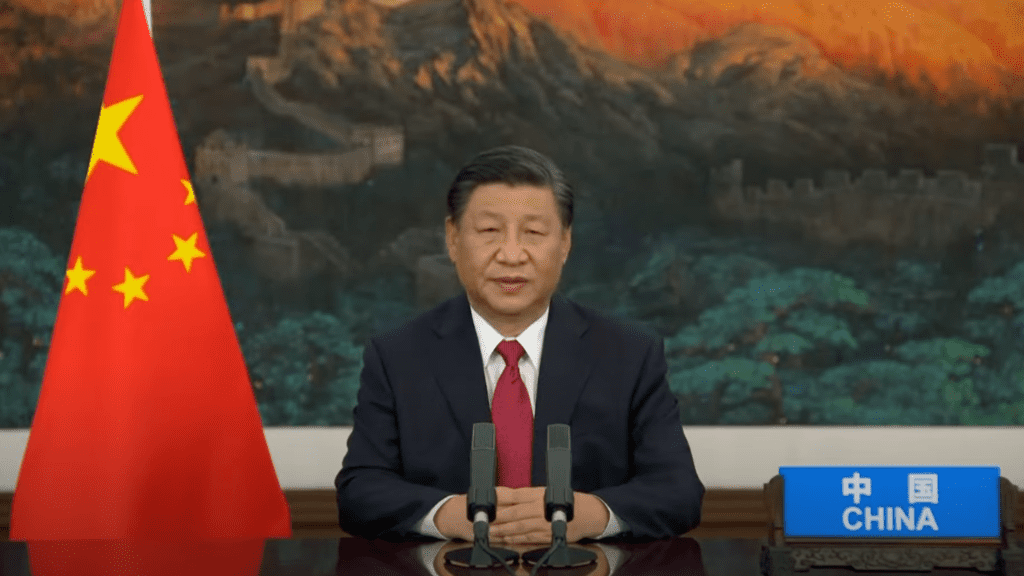We need big steps from governments to tackle the global climate crisis, and this could turn out to be one of those. China announced it won’t finance the construction of coal-fired power plants abroad anymore. Depending on how this is implemented, it could limit the further expansion of coal power and bring down greenhouse gas emissions. But it’s not all good news from China.

Attending the United Nations General Assembly (UNGA), Chinese President Xi Jinping said the government will “step up support for other developing countries in developing green and low-carbon energy, and will not build new coal-fired power projects abroad.” No further details were provided, but it was largely celebrated as a win by campaigners — and for good reason.
China has been the largest public funder of foreign coal for many years, especially in growing Asian economies. A report by the Boston University Development Policy Center showed that the state banks China Development Bank and the Export-Import Bank of China funded $43 billion worth of coal projects since 2000 outside China.
But the country’s enthusiasm for coal seems to be changing. The country announced last year a surprise 2060 target for carbon neutrality, which will mean deep cuts in coal power, both domestically and abroad. So far this year China hasn’t funded any new coal power project abroad and has worked with NGOs to withdraw from coal power.
“It is further evidence China knows the future is paved by renewables. The key question now is when they will draw a similar line in the sand at home,” Thom Woodroofe, a fellow at the Asia Society Policy, told The Guardian. “It was also in many ways an easy decision for China to take ahead of COP26 – far easier than peaking emissions by 2025.”
China’s coal challenge
China’s decision comes after being subject to international pressure to ditch coal financing abroad. In July, G20 member countries tried to make a solid push against coal but China, India, and Russia blocked the move. US climate envoy John Kerry and COP26 President Alok Sharma traveled to China more than once and asked the government for foreign a coal moratorium. Until now, there had been no success.
South Korea and Japan had already made similar pledges earlier this year to ditch coal financing, and now it was China’s turn. The three countries account for 95% of all foreign coal financing in the world, with China being the most important player, Joanna Lewis, director of science, technology, and international affairs at Georgetown University, told the BBC.
While this was a big step forward for China’s climate policy, campaigners agree that the country must now tackle its domestic coal fleet – which accounted for 56% of its energy generation in 2020. China is the world’s largest emitter of greenhouse gasses, followed by the United States and India, according to the NGO Union of Concerned Scientists.
China is the largest consumer of coal around the world and it’s still increasing the construction of new plants. A study by the Global Energy Monitor found that last year China built more than triple the amount of new coal power capacity as the rest of the world combined. In response, Xi said China will “strictly control” coal projects and limit their expansion.
China still hasn’t presented an updated climate pledge ahead of the COP26 climate summit, something the US and the European Union have already done. At UNGA, Xi reiterated China’s previous pledge of peaking emissions before 2030 and reaching carbon neutrality by 2060. “This requires tremendous hard work and we’ll make every effort to meet these goals,” he said.
Global emissions are expected to grow by 16% in 2030 compared to 2010, according to a recent UN report based on countries’ current climate pledges. That would put Earth on track for a more than 2.7ºC temperature increase by the end of the century, triggering all sort of extreme weather events such as heat waves and droughts.


